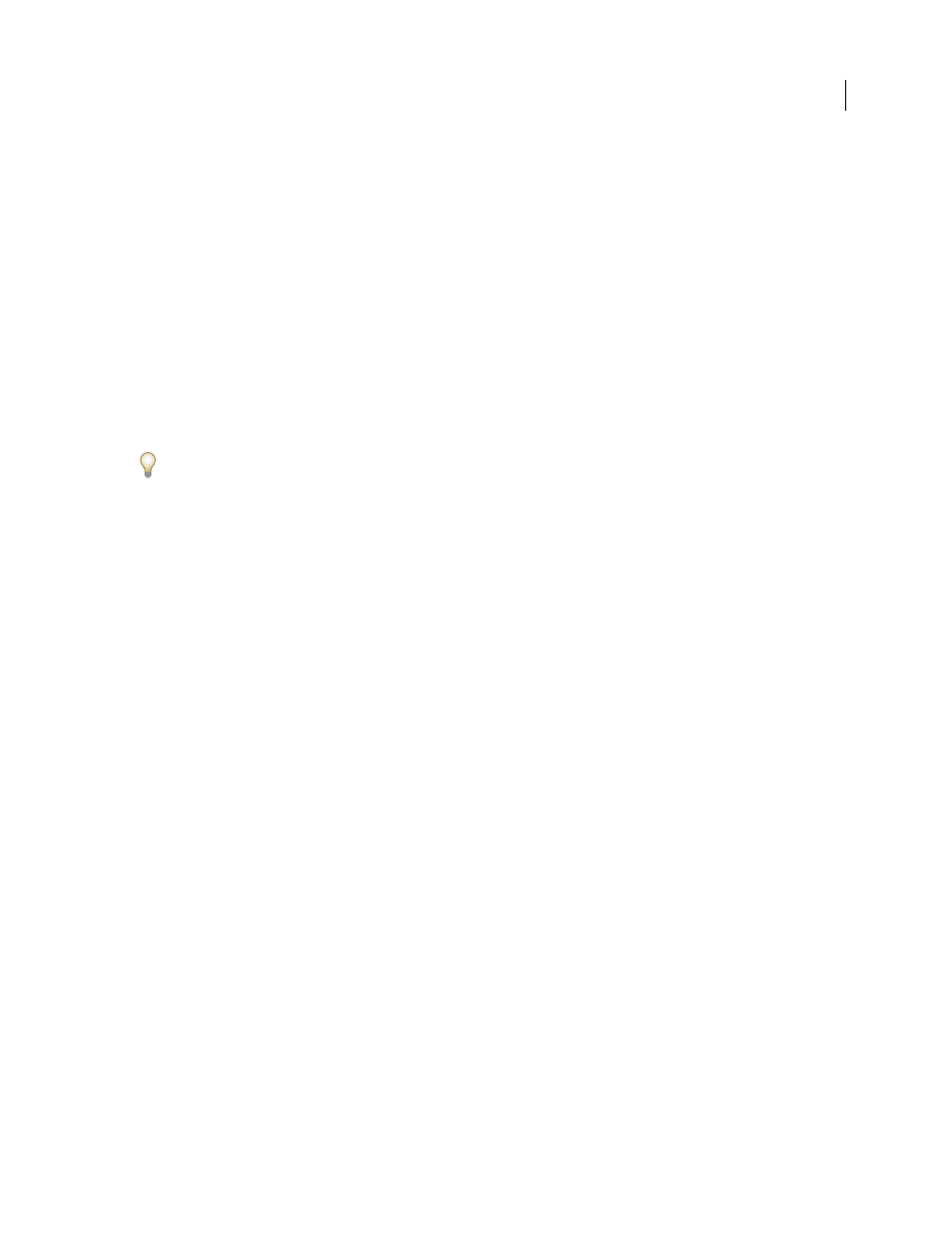Automatically align image layers – Adobe Photoshop CS3 User Manual
Page 294

PHOTOSHOP CS3
User Guide
287
Automatically align image layers
The Auto-Align Layers command can automatically align layers based on similar content in different layers, such as
corners and edges. You assign one layer as a reference layer, or let Photoshop automatically choose the reference layer.
Other layers are aligned to the reference layer so that matching content overlays itself.
Using the Auto-Align Layers command, you can combine images in several ways:
•
Replace or delete parts of images that have the same background. After aligning the images, use masking or
blending effects to combine parts of each image into one image.
•
Stitch images together that share overlapping content.
•
For video frames shot against a static background, you can convert frames into layers, then add or delete content
across multiple frames.
1
Copy or place the images you want to align into the same document.
Each image will be in a separate layer. See “Duplicate layers” on page 281.
You can load multiple images into layers using a script. Choose File > Scripts > Load Files into Stack.
2
(Optional) In the Layers palette, create a reference layer by locking it. See “Lock layers” on page 289. If you do not
set a reference layer, Photoshop will analyze all the layers and select the one at the center of the final composition as
the reference.
3
Select the remaining layers you want to align.
To select multiple adjacent layers from the palette, Shift-click; To select noncontiguous layers, Ctrl-Click (Windows)
or Option-click (Mac OS).
Note: Do not select adjustment layers, vector layers, or Smart Objects which do not contain information needed for
alignment.
4
Choose Edit > Auto-Align Layers, and choose an alignment option. For stitching together multiple images that
share overlapping areas—for example, to create a panorama—use the Auto, Perspective, or Cylindrical options. To
align scanned images with offset content, use the Reposition Only option.
Auto
Photoshop analyzes the source images and applies either a Perspective or Cylindrical layout, depending on
which produces a better composite.
Perspective
Creates a consistent composition by designating one of the source images (by default, the middle image)
as the reference image. The other images are then transformed (repositioned, stretched, or skewed, as necessary) so
that overlapping content across layers is matched.
Cylindrical
Reduces the “bow-tie” distortion that can occur with the Perspective layout by displaying individual
images as on an unfolded cylinder. Overlapping content across layers is still matched. The reference image is placed
at the center. Best suited for creating wide panoramas.
Reposition Only
Aligns the layers and matches overlapping content, but does not transform (stretch or skew) any of
the source layers.
After auto-aligning, you can use Edit > Free Transform to fine tune the alignment or make tonal adjustments to even
out exposure differences between layers, then combine the layers into one composite image.
For a video on aligning layers by content, see
